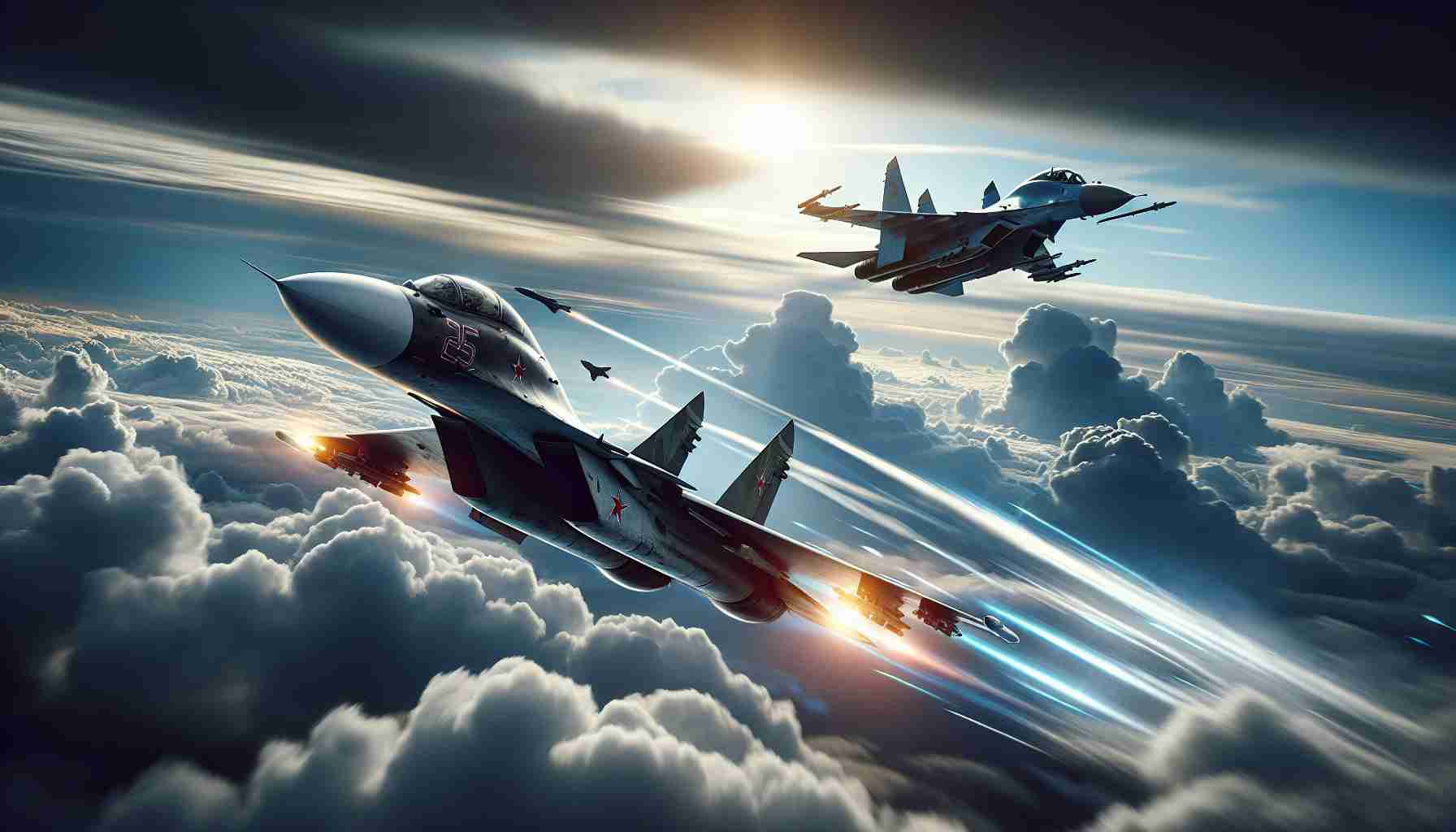NATO forces were on high alert this week as jets were scrambled to intercept Russian aircraft testing international protocols. The swift response was highlighted by the Norwegian F-35s that quickly identified a number of Russian planes near the Norwegian coast.
Italy’s Air Force played a crucial role by intercepting a Russian Coot-A plane over the Baltic Sea. According to NATO Air Command, these incidents underscored ongoing tensions, with Russian aircraft activities not conforming to established international standards.
Observers noted the professional behavior of Russian aircraft, including Tu-95 strategic bombers and Su-33 fighter jets, as described by a representative of the Norwegian Armed Forces to local media. Despite the safe conduct, such interactions have become increasingly common as both Russian and Western military forces remain vigilant.
The situation in Northern Europe reflects a broader pattern, as similar incidents occur elsewhere. Recently, the UK’s Royal Air Force dispatched two Typhoon jets when a Russian aircraft approached UK airspace. Furthermore, Russian jets intercepted US Air Force bombers near Russia’s borders in a separate encounter over the summer.
Norway’s cutting-edge F-35 fighters play a pivotal role in these operations. Since joining the F-35 program in 2017, Norway has significantly contributed to the fighter’s development. The nation’s defense industry continues to thrive, securing substantial contracts to produce vital components for the advanced aircraft, with deliveries slated from 2025 to 2027. As tensions simmer, the collaboration on the F-35 remains a crucial element of NATO’s defensive capabilities.
How the New Era of Military Technology Shapes Human Progress
In the intricate dance of military readiness and international diplomacy, recent airspace encounters involving NATO forces and Russian military aircraft have emerged as a linchpin of modern geopolitical dynamics. While instances of intercepted aircraft are on the rise, they underscore a larger narrative—a tale not just of tension, but of technological prowess and global implications.
Beyond Borders: The Technological Edge
The frequent scrambling of NATO jets, including cutting-edge Norwegian F-35 fighters, sends a powerful message about technological advancement and strategic advantage. The F-35, a fifth-generation stealth fighter, symbolizes a collective leap forward in aerodynamics, cybersecurity, and avionics within the defense sector. These advancements chart a course that could shape future aircraft, exploring realms where the impossible becomes plausible, encapsulating humanity’s enduring penchant for pushing boundaries.
Debate Over New Technologies
With innovation comes debate. Critics question whether the vast resources poured into military technology could be redirected towards pressing global issues like climate change, healthcare, or poverty alleviation. The counterargument is that defense innovations often trickle down into civilian sectors, spawning new industries and driving technological revolutions, as seen previously with the Internet and GPS technologies.
The Friendship with Unforeseen Outcomes
International partnerships, such as Norway’s collaboration on the F-35 program, also reflect broader strategic alliances subject to both acclaim and skepticism. While these alliances promise mutual protection and shared technological gains, they can also inadvertently fan geopolitical conflicts or shift military balance, necessitating a careful diplomatic dance.
Implications for Global Stability
But where do these advancements lead? As NATO and Russian forces traverse a fine line between defense and aggression, the potential for miscalculations increases. Are these developments a beacon of safety, or do they walk us into the shadows of a new Cold War-esque scenario?
While modern military technology has the power to act as both shield and sword, deciphering its role in maintaining peace or stoking tension is an ongoing debate. Each interception and aircraft scramble is not just a defensive action, but a pulse check of international relations in an era of rapid technological evolution.
For further exploration of NATO and cyber defense technologies, visit NATO.
Likewise, to understand innovations in aviation technology, see Lockheed Martin.







